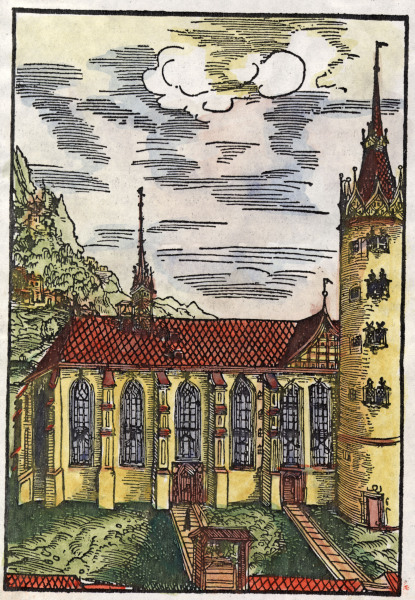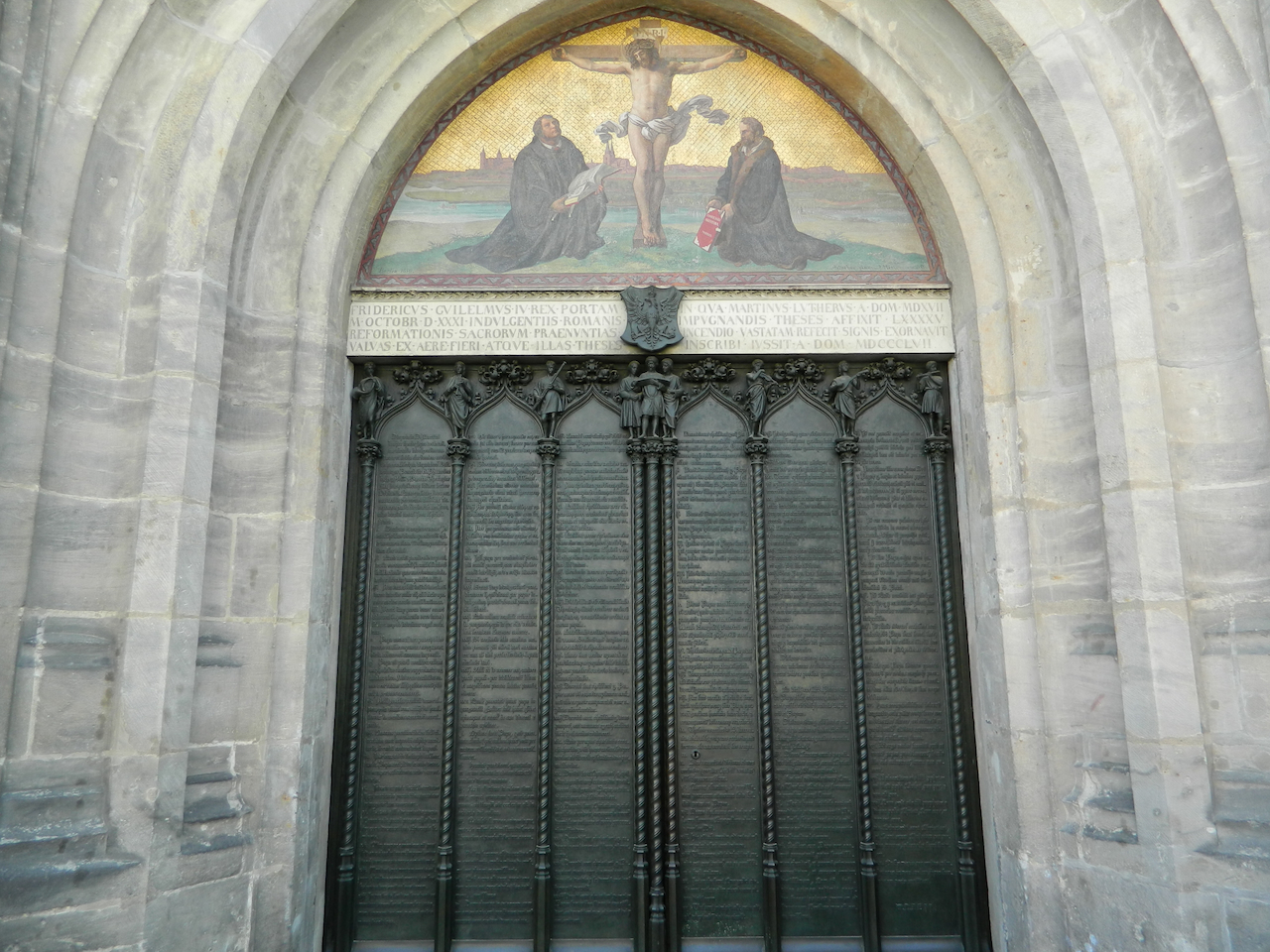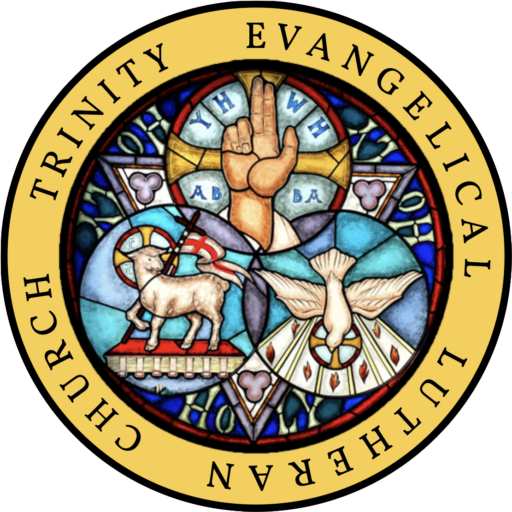THE LUTHERAN REFORMATION

On the evening of October 31, 1517, Martin Luther fastened his ninety-five Theses on the Power and Efficacy of Indulgences to the door of the Castle Church in Wittenberg.
Well, maybe. Historians debate whether he actually posted the theses that evening. Martin Brecht argues that they were perhaps first posted in the middle of November (Martin Luther: His Road to Reformation, 200–202). But Andrew Pettegree uses publishing evidence to make a good case that Luther did in fact post the theses on October 31 (Brand Luther, 12–13, 70–72, 76). We do know that Luther had already composed the theses by that day. He enclosed a copy of them with a letter to Archbishop Albrecht of Mainz on October 31. We also know that Luther himself later celebrated “indulgences having been tread underfoot” on All Saints’ Day, which included the evening of October 31 for those who observed the liturgical calendar, as Luther did.
More importantly, Luther’s theses and their swift and widespread dissemination launched the movement that we now know as the Lutheran Reformation. Luther’s ninety-five theses do not actually reveal a clear understanding of the gospel, but they do reveal a sharp, questioning mind—the same sharp, questioning mind that soon did rediscover the gospel. And once he did, the comfort, joy, certainty, and peace the gospel gave him compelled him to teach and defend it clearly and boldly, even when his life was on the line.
For this reason, Lutherans and other Christians continue to celebrate the Reformation every October 31, or on the preceding or following Sunday. Almost every one of these commemorative services includes the singing of Luther’s famous and powerful hymn, “A Mighty Fortress Is Our God,” and a sermon that revisits the basics of the law (what God demands of us) and the gospel (what God freely gave/gives us in Jesus Christ).
As for the church doors to which Luther allegedly fastened the theses, in 1760 the Wittenberg Castle Church was destroyed by fire, and the doors went down with the church. In 1858 commemorative bronze doors inscribed with the original Latin theses were mounted where the old wooden doors once stood. These bronze doors still stand today.

